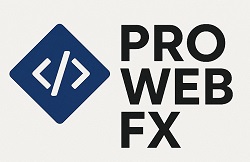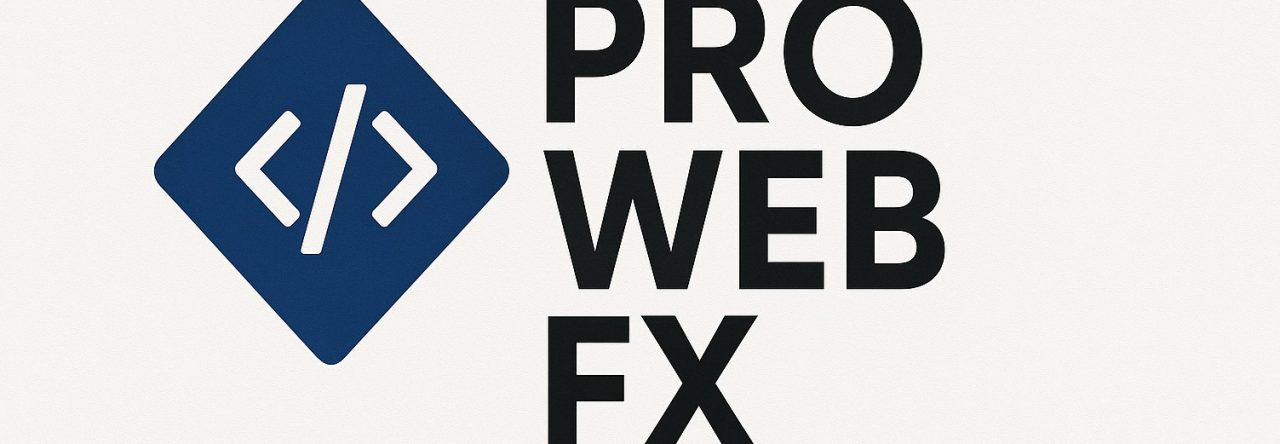Adobe’s ColdFusion 2025 Update 3, released in July 2025, brings essential security patches, performance improvements, and a Tomcat upgrade to version 10.1.42. Whether you run ColdFusion in the cloud, on a dedicated server, or via shared hosting, keeping your environment up to date is critical for stability and security.
- ColdFusion Server Provider
Choosing the right ColdFusion server provider is your first line of defense against downtime and vulnerabilities. Reputable providers typically roll out updates quickly, offer staging environments for testing patches, and provide monitoring tools to catch issues early. - ColdFusion Cloud Server
For teams that need scalability and flexibility, a ColdFusion cloud server can be ideal. Cloud deployments let you scale CPU and memory on demand and make rolling out Update 3 easier via snapshot-based backups and automated patching. Popular choices include AWS, Azure, and Google Cloud with ColdFusion pre-installed images. - ColdFusion Shared Hosting
If you’re on shared ColdFusion hosting, you depend entirely on your host to apply security updates like Update 3. Shared environments are cost-effective but carry the risk of slower patch cycles, so working with a host that prioritizes ColdFusion security is essential. - ColdFusion Dedicated Server
A dedicated ColdFusion server gives you full control over your environment. While this flexibility means you can schedule updates on your own terms, it also places responsibility on you or your IT team to apply Update 3 promptly and test your applications against the changes.
Conclusion
Update 3 addresses vulnerabilities that could be exploited if left unpatched. Whether your ColdFusion deployment is in the cloud, shared, or dedicated, coordinating with your hosting provider—or managing the update in-house—is non-negotiable for maintaining performance and security in August 2025.


Comments are closed.